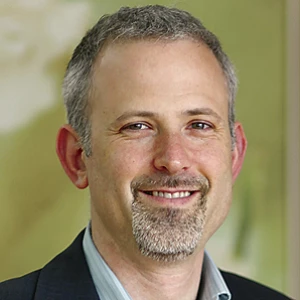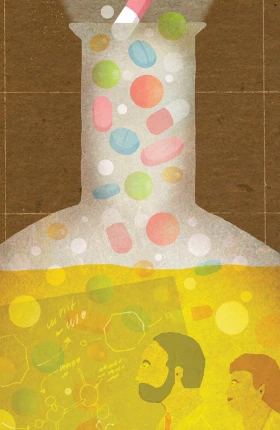The world is entering a new age of anxiety, and so too is the biopharmaceutical industry—not because the future necessarily looks bleak but simply because the future has become so difficult to read. R&D has grown dizzyingly complex as the genomics revolution reconfigures the pipeline, patient groups fragment, and collaborations replace solo corporate efforts, to name just some of the changes. Traditional categories dissolve, and old paradigms turn paradoxical. How are we to make sense of it all?
In the face of such complexity, there are two tempting reactions: one, to utter prophecies of doom; the other, to shrug it all off and continue with business as usual. Neither reaction is appropriate. The better response is to confront reality squarely and respond flexibly to your findings.
This publication is the first in a series of reports dealing with the vexing question of productivity in biopharma R&D. It provides an overview of the drivers of productivity and of the possible remedies for today’s productivity malaise. The organizing framework is a model of the inputs and outputs of R&D. There are five major sites for intervention in this model: front-end innovation, external sources, the R&D engine, the political and regulatory environment, and people, team, and culture. Published simultaneously are the first two follow-up reports, which explore aspects of the sites for intervention in greater depth. These first two reports offer a review of governance techniques and a guide to traversing the licensing landscape.
Upcoming reports will explore other strands of the overall strategy—strands that companies should already be weaving into their planning in order to navigate the future.







